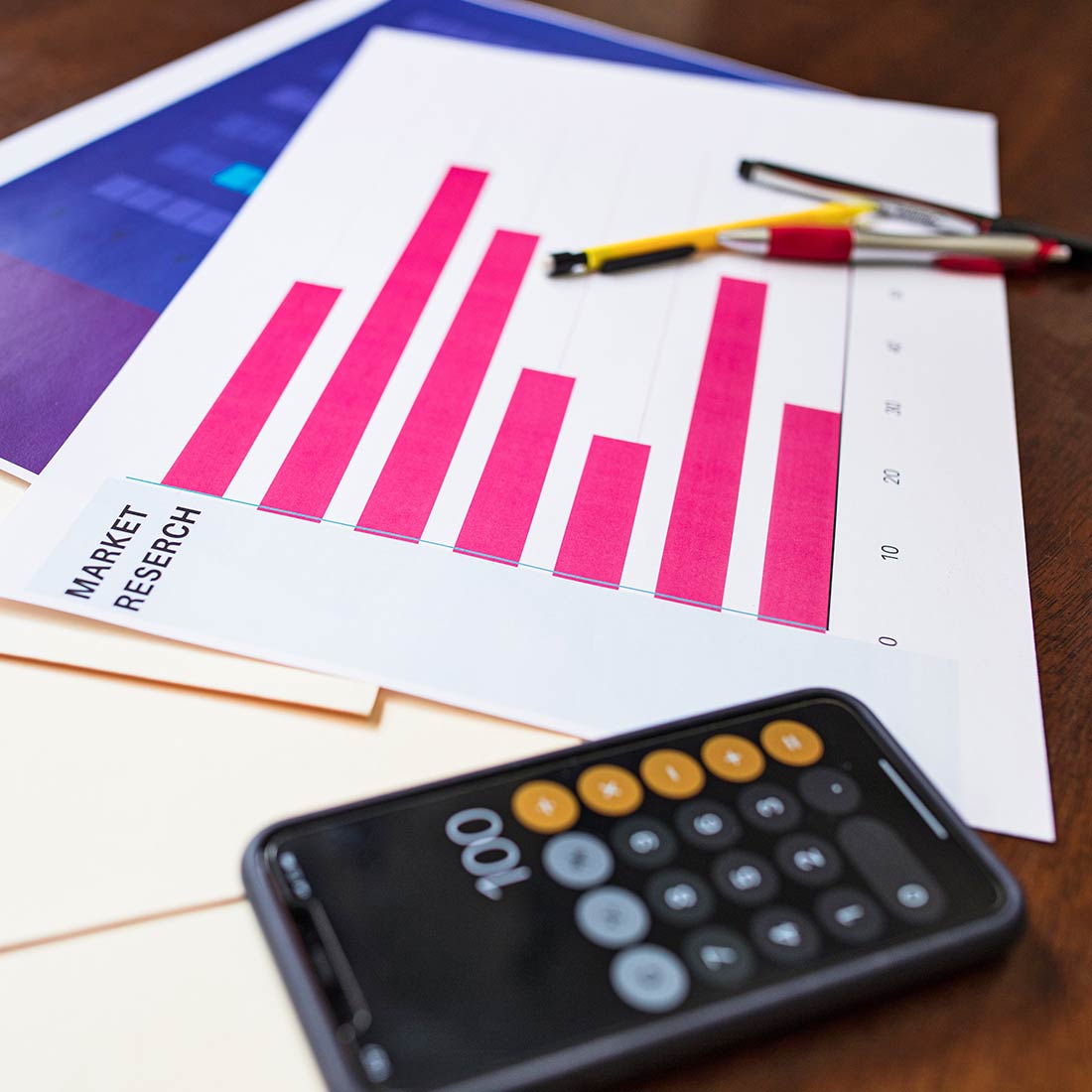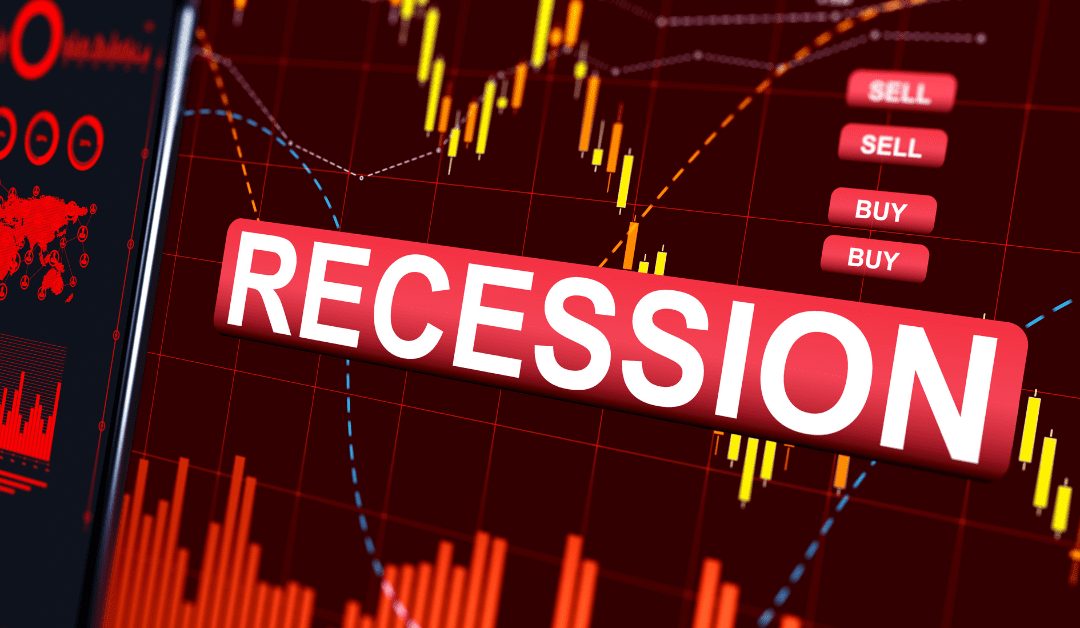What makes a great portfolio?
Is creating a winning portfolio one that performs well in all market conditions? One that can outperform its benchmark or does a great portfolio take into account alpha and beta, risk and return, standard deviation (the measure of risk over time) or other factors that add to its performance. I have seen great portfolios perform terribly in down markets and vice a versa. Why, well markets are not linear they’re not predictable, and they don’t always act in a manner that makes sense.
Take an index fund for example, it performs as the index should, right? If your near retirement or just started retirement you may not want the risk associated with 10 to 30 percent swings that an index fund may provide. This brings up the concept of sequence of returns, essentially this concept suggests that losses early on in a portfolio are much more critical to one’s retirement success then losses or gains in later years. Does this mean that an index fund is too risky? It could, depending on the age and risk profile of the client. Portfolio design should not only take into account a person’s time horizon, monetary needs, risk profile but there could be many other factors as well. Many portfolios take into account sector risk, regional risk, market risk, geopolitical risk and host of other areas depending on the persons needs or beliefs. I have had plenty of clients that restrict tobacco companies or companies that test on animals.
The majority of portfolios that I see that don’t address a person’s risk return profile typically have two problems. They take on too much risk in down markets and do that at a time when the sequence of returns is most vulnerable (early in the persons retirement). There can be other problems that can affect the portfolios performance besides taking on too much risk, common examples include high investment expenses or platform costs, excessive trading, high advisory fees or lack of advisor experience.
Can artificial intelligence be used to create portfolios?
Artificial intelligence is still relatively unproven in modern portfolio construction; however we are starting to see these tools applied to different areas in the financial industry. Advisors and service providers are starting to use these tools in other areas of their practices such as client communication, marketing and servicing.


So does building a great portfolio take on anything else?
Actually, yes, portfolio design looks at many other factors like Correlation (how much of the portfolio is correlated to a specific index), Concentration (is there too much concentration in certain sector or geographic area), Duration (the timeframe a security or bond matures at), Credit Quality (the financial strength of a company or bond).
How do you accomplish all of these factors?
We use risk profile tools to understand our clients’ needs and then use advanced portfolio analytic software to build specific portfolios to their needs. We use these tools to back test our portfolios risk and return and use them in maintaining the portfolios as the risks and environment changes. All of these factors help us maintain our investment portfolios and help us with the ongoing management that is necessary to serve our clients’ needs.
related news & insights.
Why stop losses and limit orders may provide a guard rail to your portfolio.
Tariffs and Federal Job Cuts: A Recipe for Economic Downturn
Strategies to Mitigate the Impact of Tariffs on Your Investment Portfolios




